Healthier fish stocks linked to certain fishery management regions, more selective fishing gears, certification and higher value
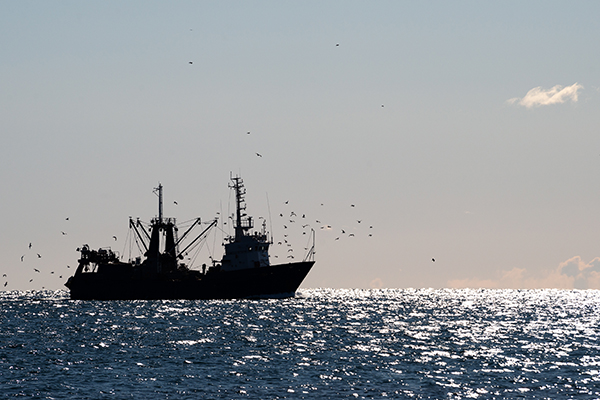
A new study shows that certain factors – such as management region, fishing gear, “sustainable seafood” eco-certification and cooperation among fishers – are key to healthier fish stocks in Canada, offering insights for improved fisheries management.
Currently, however, only 29 percent of Canadian fish stocks are at healthy levels of abundance, while 17 percent are in the “critical zone.” If Canada is to meet its commitment to manage all marine life sustainably by 2025, it needs an improved understanding of effective strategies for managing fisheries more sustainably.
Researchers at Dalhousie University, Carleton University and the Massachusetts Institute of Technology (MIT) took a unique approach to determine what drives fisheries health in Canada by looking at positive outliers, or stocks doing better than expected. They wanted to understand what institutional, economic and social factors play the biggest role in affecting fish stock health and how this information could be used to help transform stocks that are depleted.
Scientists, led by post-doctoral fellow Laurenne Schiller of Dalhousie, analyzed all 230 commercial stocks in Canada to first see what drives overall stock health. Published in Fish and Fisheries, the findings indicate that healthier fish stocks were predictably linked to certain fishery management regions, more selective fishing gears, certification and high fishery value.
Then the research team used surveys and interviews with experts to uncover deeper reasons why outliers were doing so well. They found that fish stocks doing better than expected had lower conflict among fishers, less industry interference in decision-making and better estimates of total catches.
“When you realize that fisheries management is all about human relationships, our results make complete sense,” said Schiller, lead author. “What’s surprising is that even within our country –which has the same laws and regulations from coast to coast to coast – we see such differences in catch oversight and in how management decisions get made.”
Now that you've reached the end of the article ...
… please consider supporting GSA’s mission to advance responsible seafood practices through education, advocacy and third-party assurances. The Advocate aims to document the evolution of responsible seafood practices and share the expansive knowledge of our vast network of contributors.
By becoming a Global Seafood Alliance member, you’re ensuring that all of the pre-competitive work we do through member benefits, resources and events can continue. Individual membership costs just $50 a year.
Not a GSA member? Join us.
Author
Tagged With
Related Posts
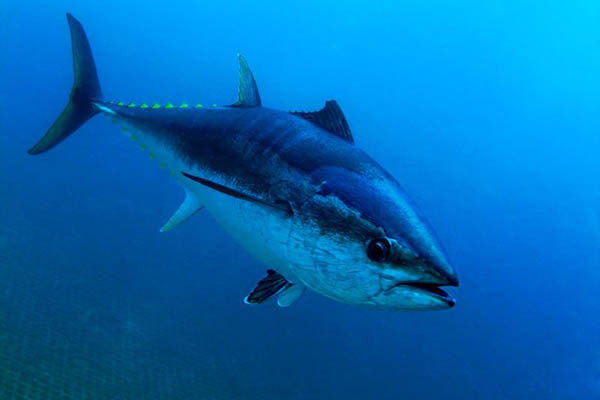
Fisheries
Atlantic bluefin tuna populations’ genetic links could affect fishery management strategies
A new study uncovers unexpected genetic links across Atlantic bluefin tuna spawning grounds, with implications for fisheries management.
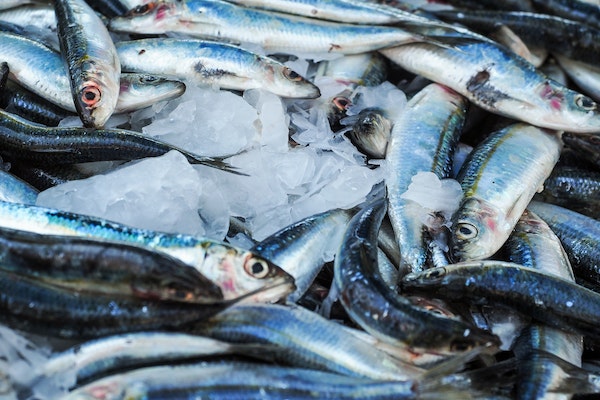
Fisheries
EU agrees on shared fisheries management of key stocks in 2024
The EU reached an agreement with northeast Atlantic coastal states, UK and Norway on the shared fisheries management of key stocks in 2024.
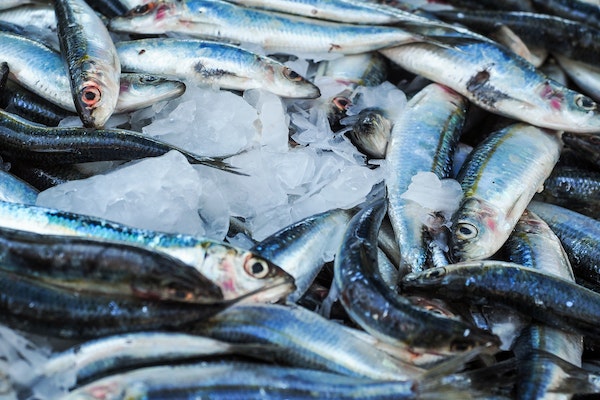
Fisheries
Study: U.S. fishing law does not constrain most fisheries or cause ‘underfishing’
A new study finds that criticisms about "underfishing" in U.S. waters may be misguided, with lack of demand a contributing factor.
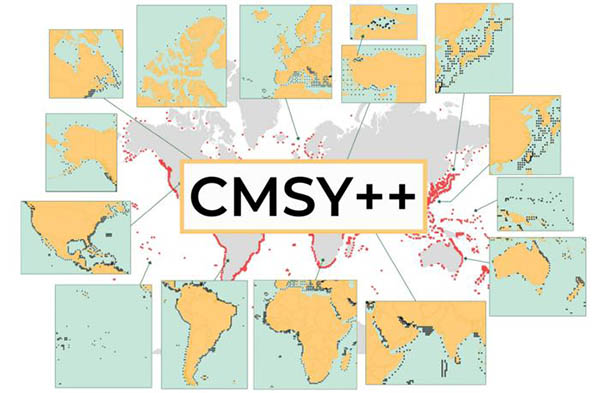
Fisheries
AI-powered, data-limited stock assessment method more accurate than ‘gold standard’ in predicting fisheries catches
AI-powered CMSY methodology requires inputting only catch data to estimate fish stocks and how much fishing pressure can be applied.



